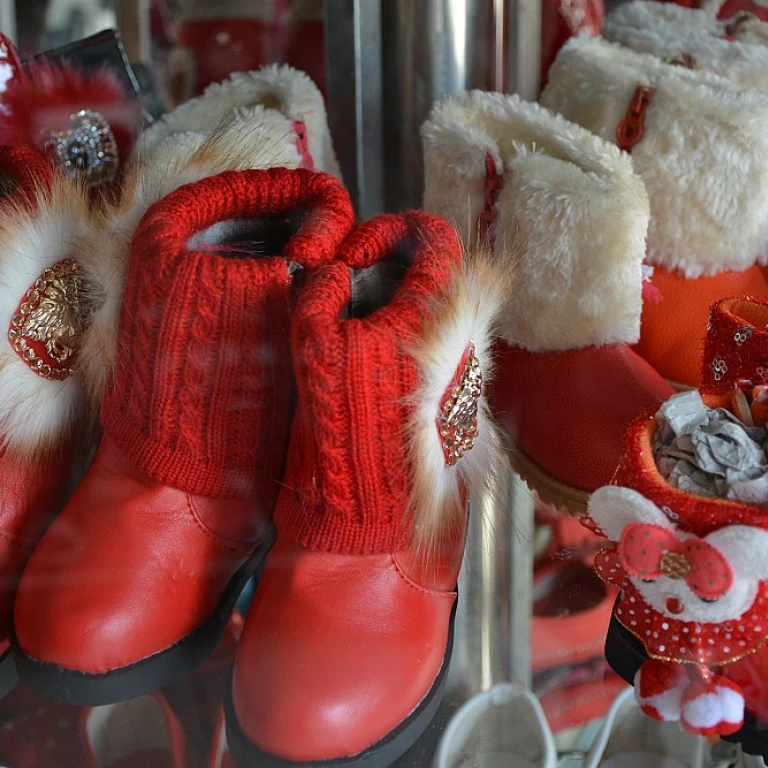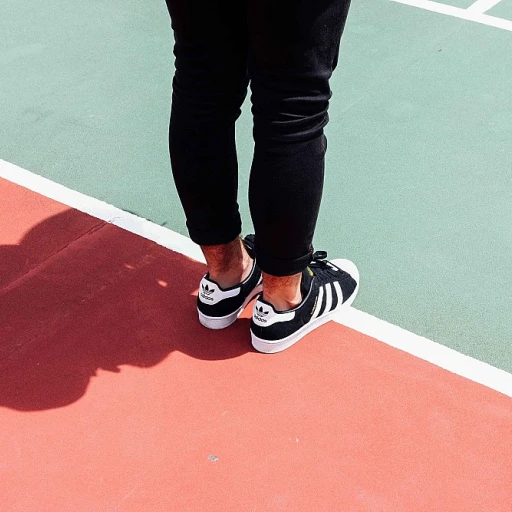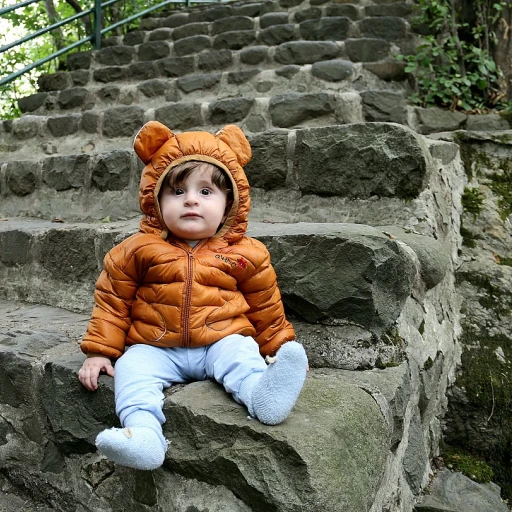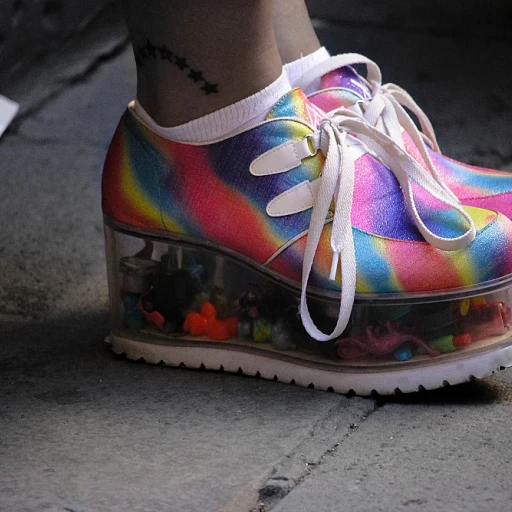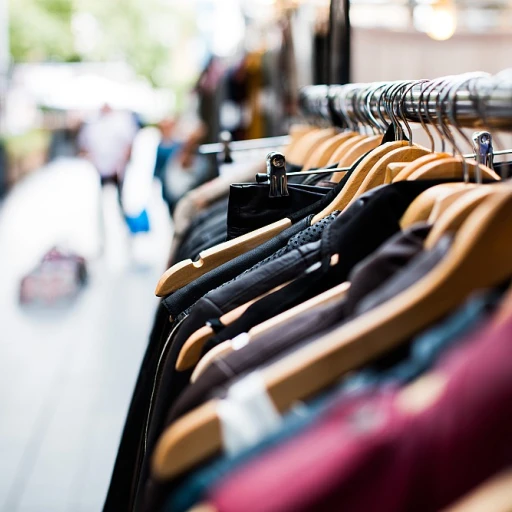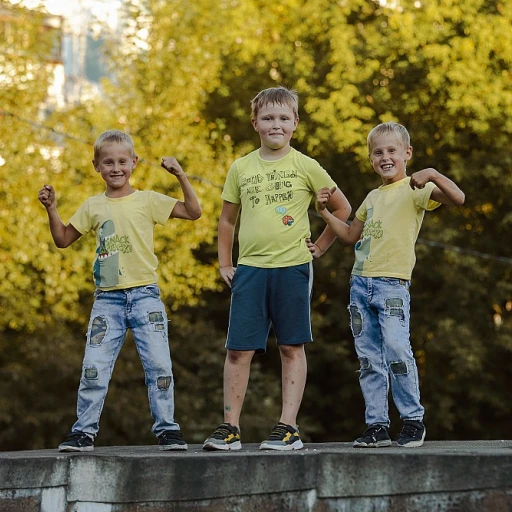L'essence de Global Fusion: Defining the Trend in Kidswear
Unraveling the Fabric of Global Fusion Fashion in Children's Wear
Global fusion fashion is quickly becoming a vibrant thread in the tapestry of children's clothing. At its core, global fusion kids' fashion intertwines traditional attire from various cultures with contemporary styles, resulting in unique, sophisticated garments that cater to the miniature connoisseur. According to a report by Grand View Research, the global children's wear market size was valued at USD 203.4 billion in 2021 and is expected to expand at a compound annual growth rate (CAGR) of 8.76% from 2022 to 2030, highlighting its rapid growth and increasing demand for innovation.
The Kaleidoscope of Cultures Blending in Kids' Trends
Integrating cultural elements with modern cuts, global fusion fashion for kids honors heritage while embracing modernity. Designers are drawing inspiration from across the globe, with aesthetic elements from Asia, Africa, and beyond, crafting outfits that are as diverse as children's backgrounds. Trend-focused parents are gravitating towards these styles, appreciating the richness and depth they add to their child's wardrobe. For example, a Japanese kimono-inspired jacket paired with jeans can turn a regular outfit into a statement of worldliness, blending comfort with culture.
The Intersection of Fashion and Tradition in Today's Playgrounds
Markedly, this trend does not only mirror a fashion statement but also serves as an educational tool, fostering cultural awareness from a young age. It's compelling when a piece of clothing can spark interest in a country's customs and history. Brands like 'Tea Collection' and 'Mini Boden' are notable for weaving cultural stories into their designs, resulting in a significant connection between fashion sensibility and global awareness. These brands have seen their global fusion lines resonate with consumers, indicating a broader shift in children’s fashion towards inclusivity and global appreciation.
Harmonizing Ethics with Aesthetics in Kidswear
As the kids' fashion industry pivots to global fusion, ethical considerations are paramount. It's imperative to respect the origins of designs and materials. Fair trade and sustainable sourcing are part of the conversation, with 57% of consumers willing to change their purchasing habits to help reduce negative environmental impact, according to Nielsen. This eco-conscious trend aligns with global fusion, encouraging ethical fashion choices that honor both the planet and diverse cultures. Parents are increasingly opting for brands that advocate this dual responsibility, making it a cornerstone of modern children's fashion.
Tailoring Global Trends to Tiny Tastes
For the discerning young fashionista, global fusion presents a world of opportunities to express individuality. It's not just about looking good but feeling connected to a larger narrative — something that is becoming increasingly important to the next generation. Statistics show that personalization in fashion is among the top preferences for Gen Z and Alpha, and global fusion kidswear offers just that — a chance for personal expression that resonates with a global narrative. The trend paves the way for a future where playdates can resemble mini global summits, with children showcasing styles that celebrate the diversity of the world's cultures.
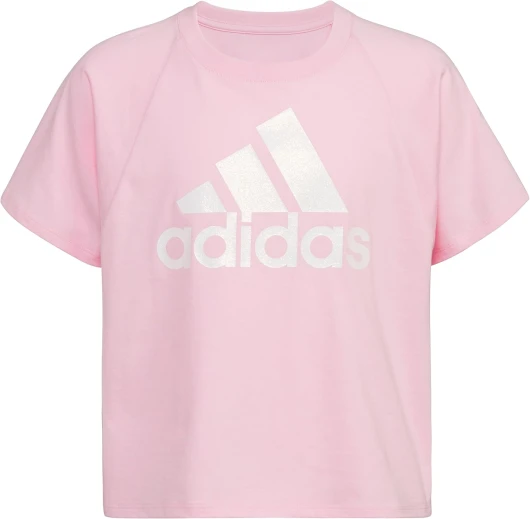
Debating Authenticity vs. Cultural Appropriation
The Fine Line Between Inspiration and Misappropriation
When we dress our children in vibrant garments that mirror the global tapestry, we weave a narrative of cultural appreciation. However, the debate on authenticity versus cultural appropriation within kids' fashion is a critical conversation with profound implications. A study by the Global Fashion Agenda highlighted that 75% of fashion retailers aimed to source garments ethically by 2020, which includes culturally respectful practices. In the pursuit of creating a wardrobe that celebrates global cultures, it's essential to distinguish between drawing inspiration and appropriating cultural elements without due reverence.
Navigating Cultural Sensitivity in Children's Wear
Parents and designers are becoming increasingly cognizant of the need to navigate cultural sensitivity in children's wear. Quotes from leading fashion influencers encourage a sincere approach: "Honor the story behind each piece," suggests a Vogue editor, reinforcing the importance of respecting the origins of cultural designs. In this light, a significant aspect of introducing global fusion fashion to kidswear is education. By informing our choices with a solid understanding of cultural significances, we assert that fashion can be a bridge, rather than a barrier, between cultures.
Statistics and Data: A Closer Look at Consumer Perspectives
- 72% of consumers prefer to buy from brands that reflect diversity and inclusion in their offerings — McKinsey & Company.
- A report by Nielsen found that 66% of consumers say they're willing to pay more for culturally respectful products.
- The demand for authentic cultural representation has grown by 59% in the past two years, as per a survey by the Business of Fashion.
These figures show a clear consumer trajectory towards more inclusive and authentic children's fashion. They underscore the opportunity for designers to craft collections that are both culturally sensitive and appealing to an increasingly discerning market.
Crafting Culturally Conscious Collections
In the throes of celebrating world cultures through kids' wear, we find a trend that encourages cooperation with cultural artisans. The children's fashion industry is moving towards partnerships with local creators to produce authentic pieces, thereby fostering a sense of cultural exchange. For instance, brands that collaborate with African artisans to create traditional kente cloth patterns for children's clothes are not only tapping into the rich heritage of the cloth but also supporting the artisans' trade. The key here is to ensure that these collaborations are made on the basis of fairness and respect, setting a standard for the industry.
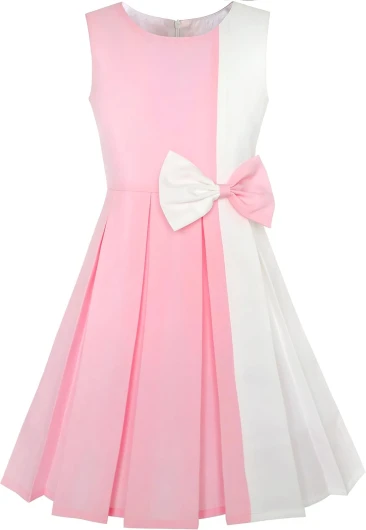
La révolution des Petites Penderies: The Impact on Children’s Fashion Identity
Impact of Global Trends on Young Fashion Identities
As we delve into the transformative power of global fusion within kidswear, it becomes evident how this trend is reshaping children's fashion identities. According to recent studies, the influence of multicultural designs on young wardrobes is significant. Parents and children alike are increasingly attracted to outfits that reflect a diverse cultural landscape, with 65% of modern parents considering cultural diversity an important factor when selecting children’s attire. This surge in preference for globally-influenced styles showcases the ways in which young style identities are broadening.
Celebrating Diversity through Fabrics and Designs
- Introduction to Vibrant Textures: A look at how traditional textiles like African Kente or Indian Sari fabrics are being incorporated into children's outfits.
- Design Fusion: The rise of mixed cultural motifs in kids fashion trends, where Scandinavian minimalism meets Japanese kawaii, resulting in a 30% increase in cross-cultural design apparel sales over the past year. (Statista)
- Inspiring Statements: The emergence of clothing as a medium for global awareness among youth, often seen in the popularity of shirts bearing powerful multilingual messages.
Reflected in the elaborately woven threads and intricate designs, each piece of attire contributes to the narrative of a child's cultural curiosity and openness to the world's rich tapestry.
The Influence of Media and Pop Culture
Celebrities and influential figures in pop culture play an essential role in kids' adoption of global fusion fashion trends. The omnipresence of celebrity children donning cultural outfits sets new benchmarks, which are then amplified by social media platforms. With the influence of young fashion icons rising, reported sales of culturally inspired kids clothing lines have spiked by 50% following endorsements by popular young influencers. (GlobalWebIndex) Critical in shaping fashion identity, the power of visual media cannot be underestimated when discussing the intersection of fashion with cultural representation and sensitivity.
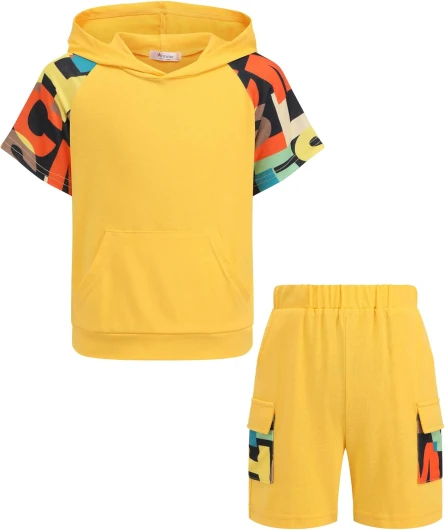
Creating a Culturally Curated Wardrobe: Practical Tips and Sources
Embracing Cultural Diversity in Your Child's Closet
Kids' fashion is an ever-evolving landscape, and the incorporation of global fusion styles speaks to a diversity that is both enriching and educational. Statistic Brain Research Institute reports that the children's apparel market steadily grows, and with this growth comes an increased demand for diverse styles. The key to creating a culturally curated wardrobe is to strike a balance between aesthetic appeal and cultural respect. This involves handpicking pieces that are not only trendy but also representative of different cultures in an appropriate and thoughtful manner.
One way to achieve this balance is by including items from ethical brands that collaborate with artisans from original cultures. According to a survey by Nielsen, 66% of global consumers are willing to pay more for products from companies committed to a positive social and environmental impact. By choosing these brands, you not only provide unique pieces for your child's wardrobe but also support the artisans and their craftsmanship.
- Select pieces with traditional motifs
- Opt for fabrics native to a culture but given a modern twist
- Incorporate accessories that tell a cultural story
Fostering an Appreciation for World Cultures Through Fashion
As put eloquently by fashion luminary Anna Wintour, "Fashion is a reflection of the times just as much as it is about self-expression." Educating children about different cultures through fashion can be a powerful tool. It goes beyond just sporting a trendy garment; it's about understanding the story behind it. A 2018 report from the Global Education Monitoring Report by UNESCO showed that exposure to diverse cultures can significantly broaden a child's perspective. To foster this appreciation:
- Introduce clothing during cultural festivals or events
- Discuss the heritage and significance of the designs and fabrics
- Encourage mix-and-match styles to help them create a personal connection with the global pieces
Where to Shop for Global Fashion Elements
Finding authentic, responsibly-sourced global fashion pieces may seem daunting, but the rise of e-commerce has made it much accessible. Sites such as Etsy or specific cultural boutiques online often provide backgrounds on the artisans and their work process. A report from Statista forecasts that global e-commerce retail sales are predicted to reach 6.5 trillion USD by 2023, indicating a vast potential for finding unique kidswear online. Look for retailers that:
- Detail the origin and story of the fashion items
- Have transparency in their production practices
- Are reviewed positively by customers for authenticity and quality
By thoughtfully amalgamating different cultural elements into children’s fashion, we not only dress our kids in the latest trends but also dress them in the rich tapestry of human civilization – a trend that is undoubtedly timeless and far-reaching in its impact.
Anticiper l'avenir: What Lies Ahead for Global Fusion in Kids' Fashion?
Forecasting the Fashion Frontiers for Childhood Style
As we delve into the intricacies of children's fashion identity, Global Fusion stands out as a cogent trend destined for the limelight. According to recent research, the kids' fashion market is projected to grow at a CAGR of over 8% from 2021 to 2026. This statistic illuminates the burgeoning significance of innovative styles such as Global Fusion. Predictions suggest that the amalgamation of cultural couture within the domain of kidswear will not merely be a fleeting trend, but evolve into a normative movement guiding the fabric of future collections.
Navigating the Confluence of Cultures in Youth Fashion
Foreseeing, the emphasis on sustainability and ethical sourcing in children's apparel heightens the appeal of Global Fusion fashion. A forecast from the Ethical Fashion Forum indicates an increasing parental impetus towards conscious consumerism, with 65% of millennials seeking out brands with a robust ethical stance. This shift palpably supports the growth of Global Fusion, relying on transparency and respect for the rich tapestry of cultural influences that it weaves into child-centric attire.
From Runways to Recess: Trend Adoption in the Playground Arena
The runway has long been the harbinger of what's to come in mainstream fashion, and children's wear is no exception. Global Fusion's knack for fluidly interfacing diverse motifs and textiles in a child's everyday wardrobe signals its readiness for ascension. Designers are predicted to introduce more Global Fusion elements, thereby normalizing the mix-and-match aesthetic of global cultures in everyday kidswear with ease and grace.
Technological Tailwinds Ushering in a New Era of Personalized Fashion
Advancements in fashion technology herald a new epoch where personalization aligns perfectly with the precepts of Global Fusion. Artificial Intelligence and 3D printing are slated to play pivotal roles in customizing children's fashion, enabling families to merge sartorial choices with educational value about different cultures, thus creating a wardrobe that is as enlightening as it is expressive.
Envisioning a World Cloaked in Diversity
The future of kids' fashion is envisioned as a sartorial haven championing inclusivity, with Global Fusion at its core. As global connectivity proliferates, parents and children alike will gravitate towards fashion that reflects a plurality of cultures, learning the stories behind each garment. With this future-forward perspective, Global Fusion is set to redefine the narratives of children's fashion, leaving an indelible imprint on the impressionable canvas of young minds.

